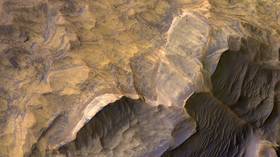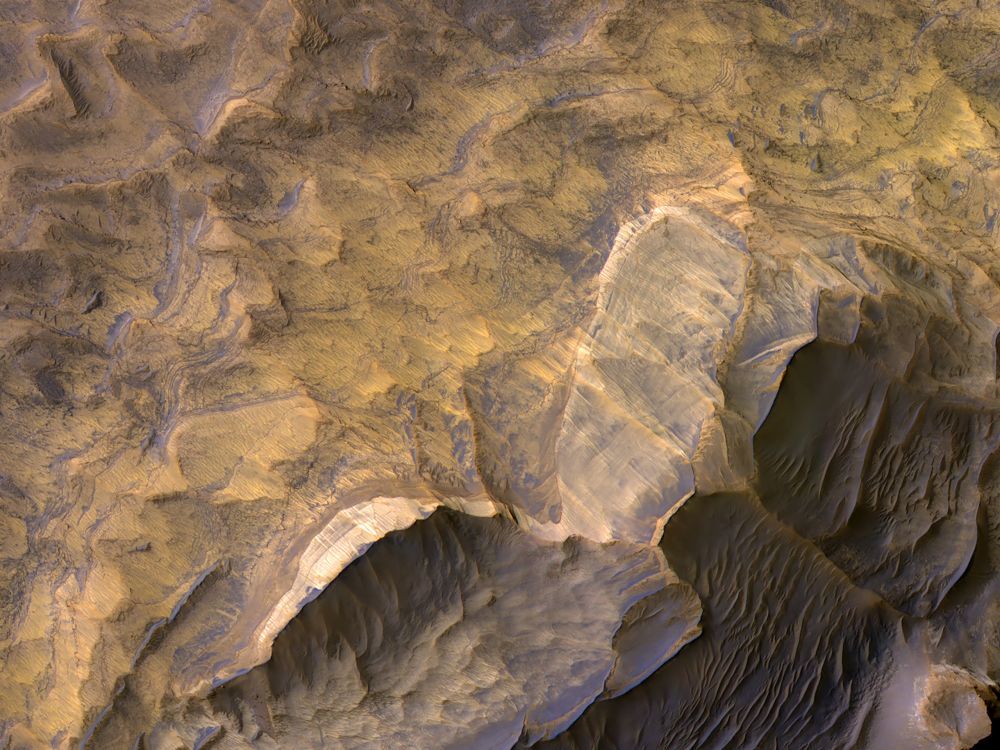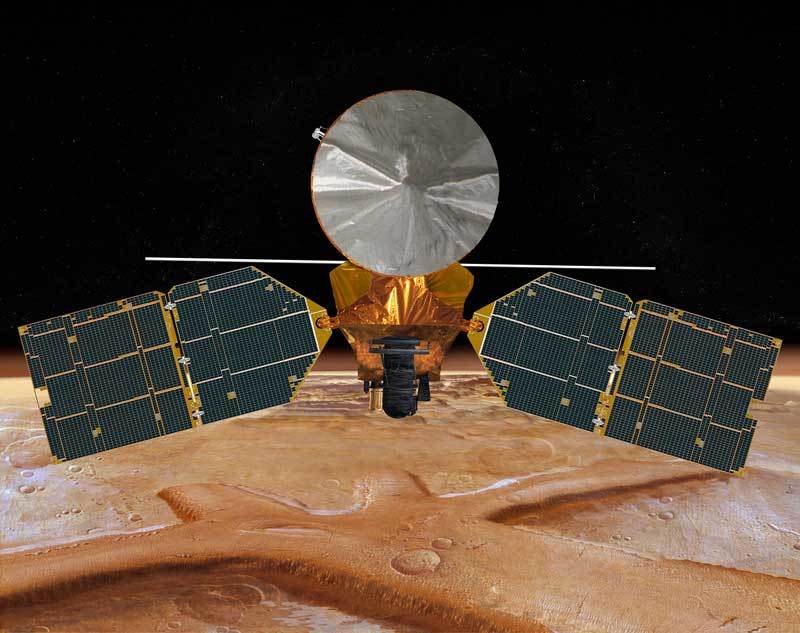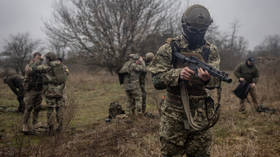Gorge-us! Stunning Mars canyon IMAGES hint at ancient life-supporting environment

Spectacular images of one of the largest canyons on Mars have revealed layers of sandstone-like rock that may have formed a sodden ancient environment that could have supported life.
The photos capture the breathtaking Candor Chasma, which is one of the largest canyons in the Red Planet’s Valles Marineris deep gorge system.
Also on rt.com Asteroid EXPLODES over Earth after travelling from beyond Mars (VIDEO)They show that the canyon is filled with light-toned layered deposits that are thought to be sandstones. Scientists say these rocks may have formed in an ancient wet environment that may have been habitable.
The photos were snapped from NASA’s Mars Reconnaissance Orbiter, which has been orbiting around the fourth-planet from the sun for nearly 14 years.

The spacecraft’s Compact Reconnaissance Imaging Spectrometer for Mars (CRISM) instrument has collected thousands of images of Mars to create detailed maps of the rocks on its surface.
The CRISM images are usually paired with photos snapped by the orbiter’s High Resolution Imaging Science Experiment (HiRISE) instrument, however sometimes this is not possible.

HiRISE is the most powerful of the orbiter’s three cameras. Researchers are now trying to completely pair up images from the instruments to give a clearer picture of the red planet’s surface.
Like this story? Share it with a friend!














